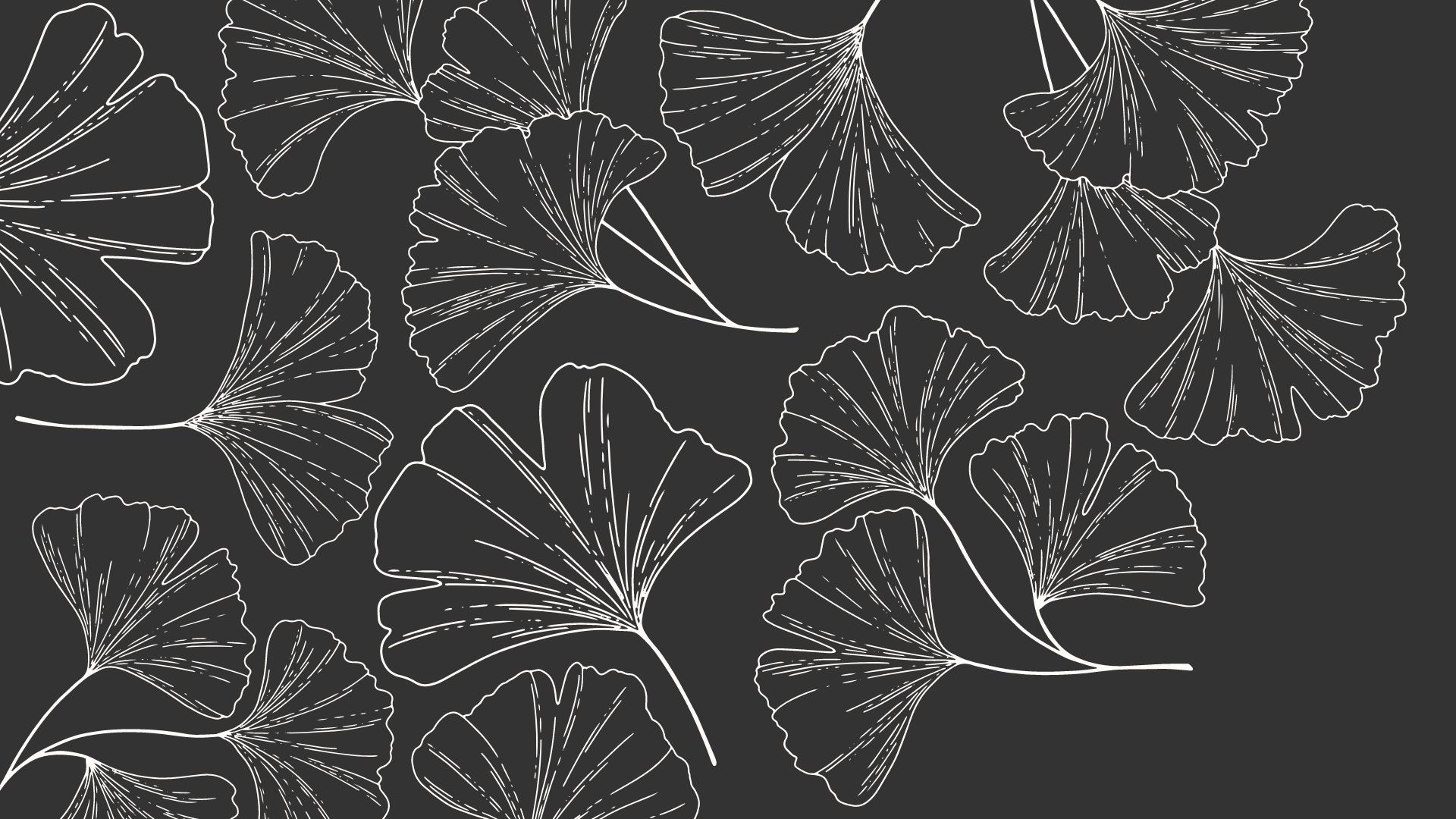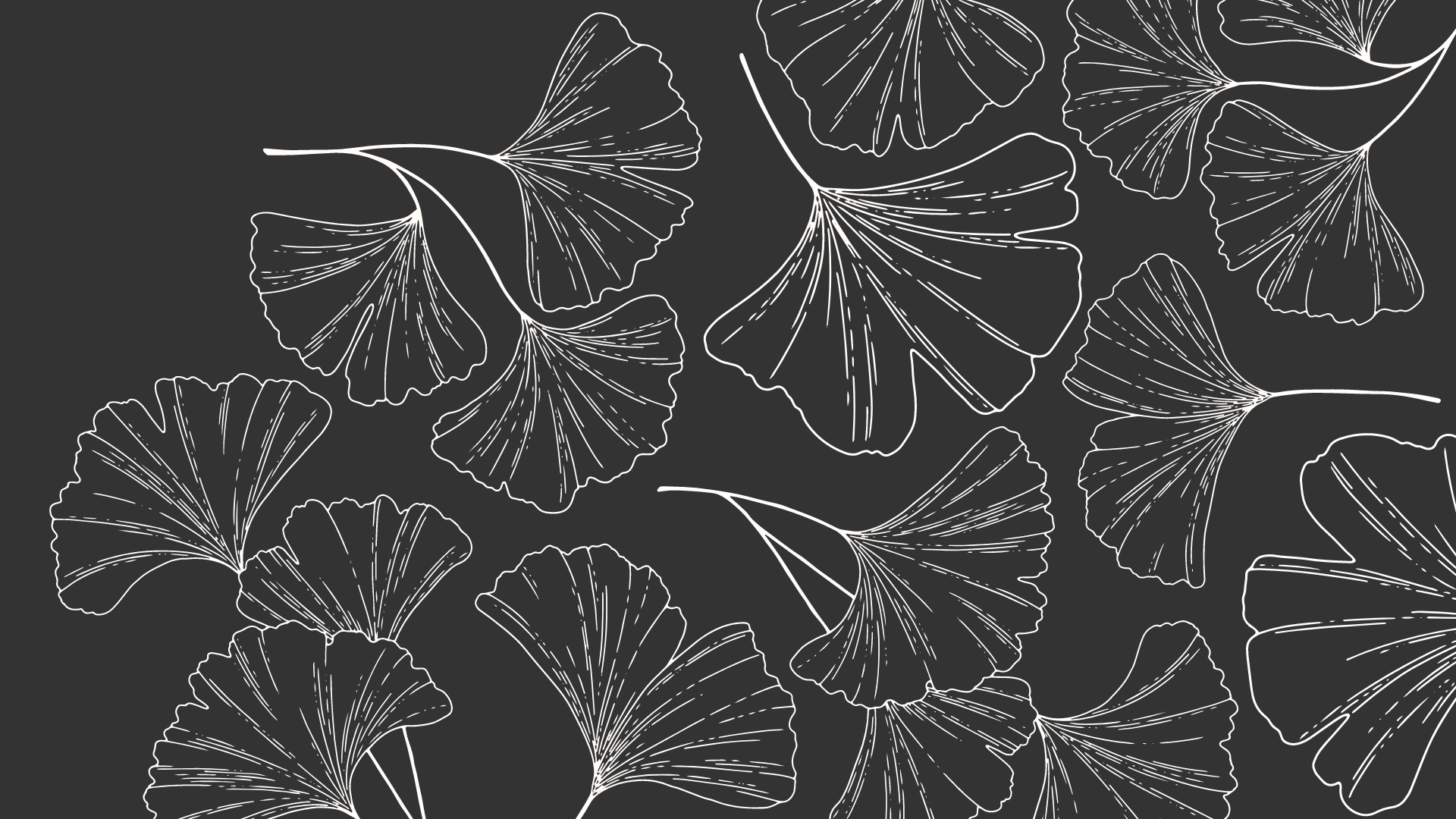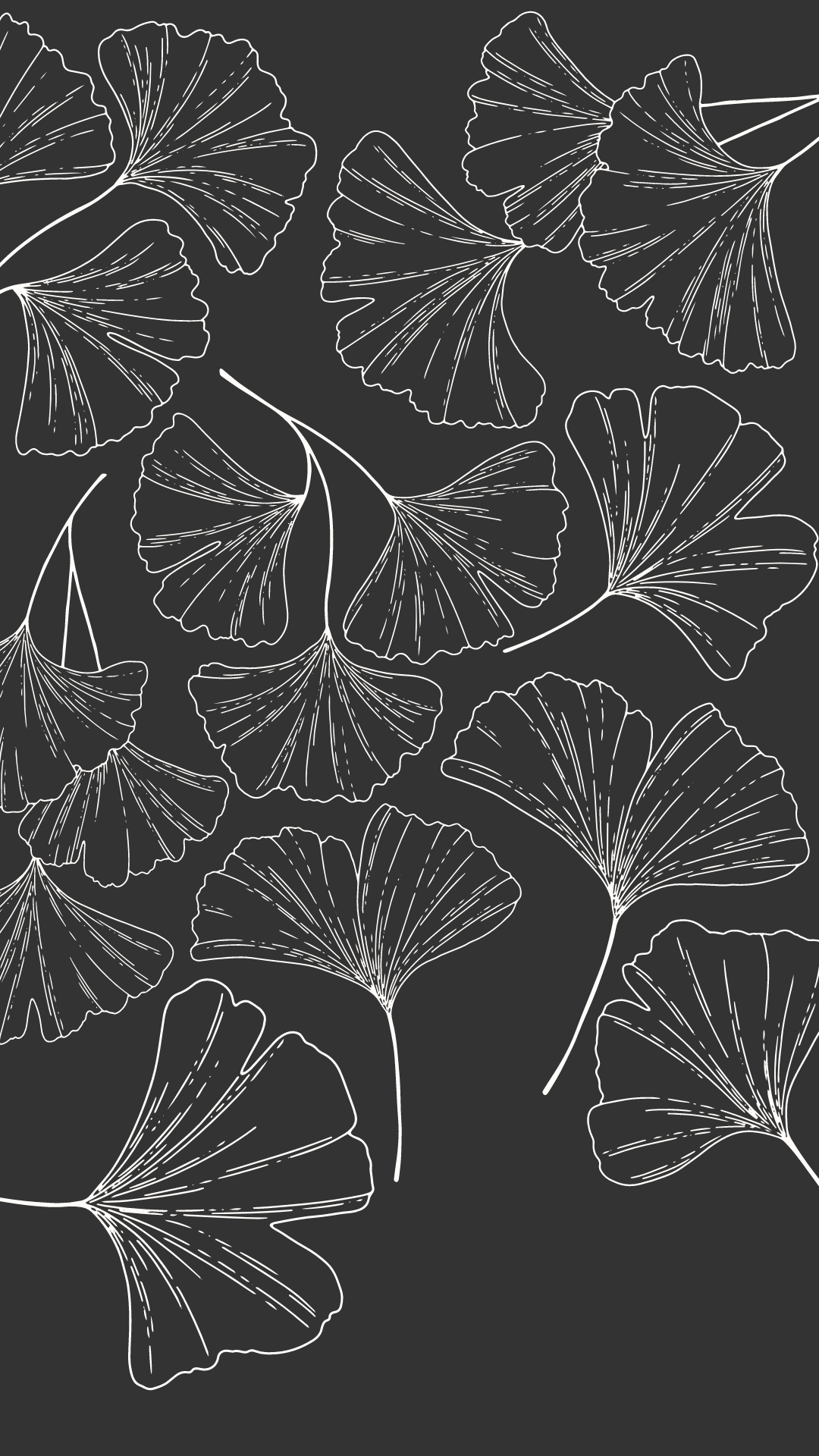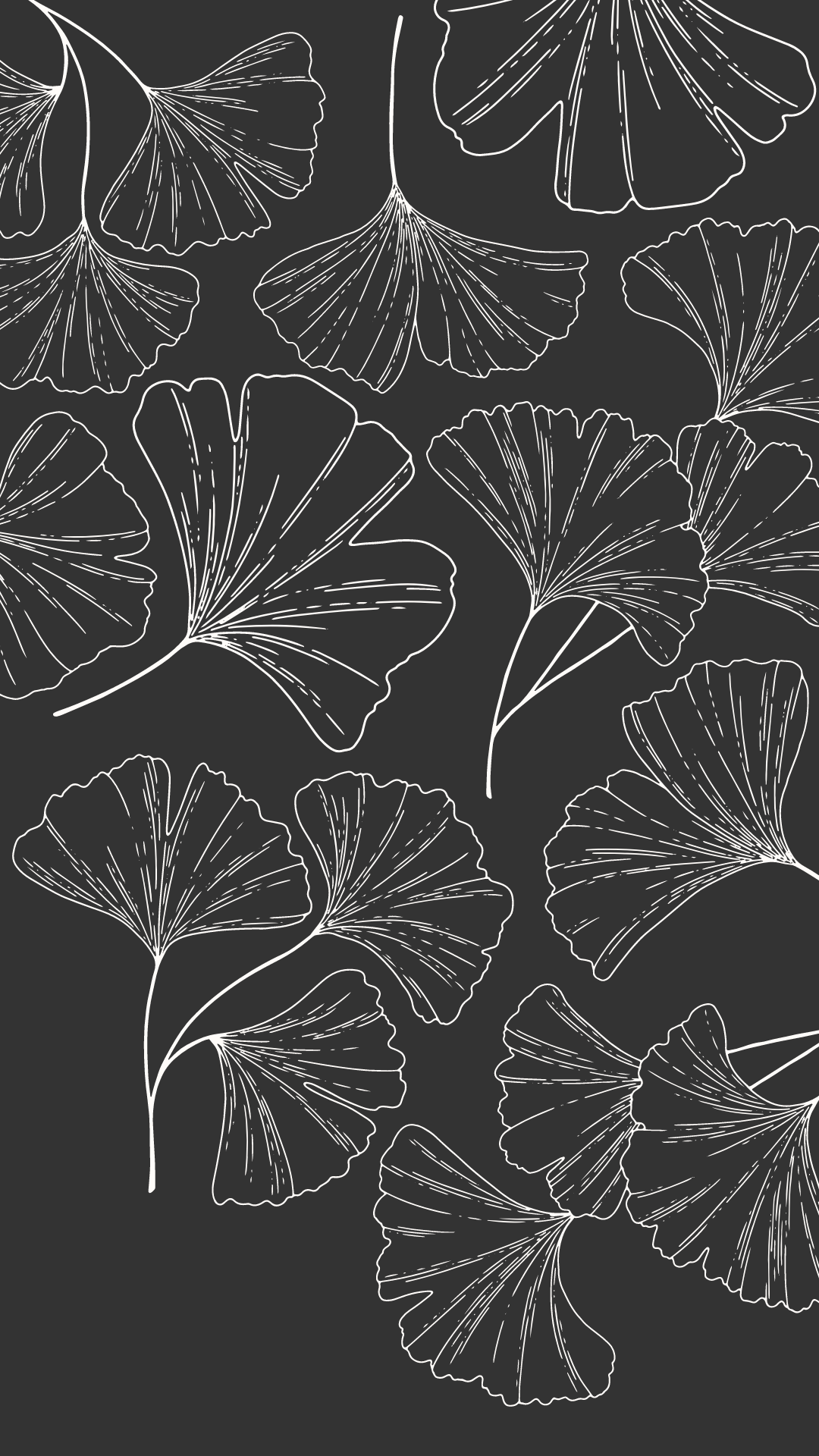A Brief History of Skincare

4000 - 3000 BC
Skin care treatments were available in the 4th Millennium BC in China and the Middle East, with ancient Egyptians developing recipes that included ingredients such as cucumber extracts, olive oil, moringa oil, plant resins and milk.
They recognised different skin needs and they used pigments such as kohl and malachite for cosmetic purposes.
The oldest documented skincare regimen dates to 3000 BC in Egypt. This included reference to the use of olive oil, ostrich eggs, dough and essential oils made from aromatic herbs, trees and shrubs to address a wide variety of skin concerns. Cleopatra was known for her baths in sour milk to smooth her skin. Though it is highly unlikely that the ancient Egyptians were aware of the chemical constitution of sour milk, such as lactic acid and alpha hydroxy acid, these are the fundamental ingredients today's chemical peels, used to improve skin tone and texture. But, the ancient Egyptians were also using sand and aloe vera as exfoliants, as well as honey and milk baths to hydrate, and even mixtures of clay and olive oil for deep cleansing action.


3000 BC
In India, an ancient holistic system designated Ayurveda, was developed to facilitate prolongation of life, in a healthy and balanced manner. The term “ayurveda” derives from Sanskrit and can be translated as the “science of life” or “the knowledge of life” (Raichur & Cohn, 1998).
While the practice of ayurveda is more than 5000 years old, the contemporary form of this system is based on texts written between 1500 BC and 400 AD.
For thousands of years, both in Ancient Greece and Rome, skin care products were made using fresh berries, milk, olive oil, honey, yogurt, rose water, arugula, cucumber, almond oil, eggs and animal fat.
But, it is to Galen that we owe the creation of the “cold cream” – a first in skin care elixirs. Galen, a Greek physician born in Pergamum (Asia Minor) in 129 AD, studied in Greece and became the most distinguished doctor in the Roman Empire, as well as being the most influential medical authority in Europe for more than 1,500 years. As a chief physician for the gladiator school he was extremely skilled at treating wounds and developing therapeutic preparations, such as the “cold cream” (ceratum refrigerans), named because of its cooling effect once the water evaporated.
500 AD – 1600 AD
The Medieval era was dominated by the use of obnoxiously pungent herbal remedies and ointments derived from animal fat. Crude face masks were made by milling seeds, leaves and flowers and mixing with honey to create a paste-like texture. Ironically, this barren period in Europe contrasted to the advancements in the East, with the Islamic Golden Age of medicine leading to the development of subtle, condition-specific skin care preparations.


1600 AD – 1900 AD
In the Renaissance, easily accessible remedies like bread soaked in rose water were used to soothe puffy eyes and oatmeal boiled in vinegar to banish breakouts. In the Baroque period, saunas and sweat cleansing were invented to purge toxins and maintain skin health.
In the 1800s, trends to exercise, cleanliness as well as an awareness of “classical beauty” became more important to society. Since light skin was considered ideal, women were known to apply mixtures of zinc oxide and lemon juice to their skin to brighten their complexions. Ingredients such as egg yolks, honey and oatmeal were also used to soften texture and spot treat blemishes. The 1800s with the developments that led to the industrialisation of economies, led to the start of mass-produced skincare products, such as Chapstick, Vaseline and baby powder.
But, it was in the 1900’ that skin care, as we know it, was launched. In 1935, the first sunscreen, called “Ambre Solaire” was created using benzyl salicylate, a UV ray-absorber. In the 1960s laser treatments were developed. In these early versions, rubies were zapped with high-energy flashes of intense light to target unwanted hair, acne scars and pigmentation. Chemical peels were the must-have procedure in the 1970s, when they were finally regulated and perfected to become a safer, widely used skin resurfacing treatment in the 1990s, such as the gentler exfoliants, i.e glycolic and lactic acids. The first chemical peels, containing phenol and trichloroacetic acid, were indeed harsh, harmful and offered little benefit, often causing significant damage (including scarring).
2000 AD - Today
In the 2000s a hybrid exposition between the technology and beauty industries led to the creation of a huge variety of in-office and at-home devices that people use for immediate and ultra-rejuvenating results. These include rolling needles across the skin to create bouncy, new skin cells, aka micro-needling. While micro-needling is a relatively new concept to most, its origins can be traced back to acupuncture in ancient Asia. First mentioned as early as 100 BCE, acupuncture applies tiny needles to the skin to open “ki = “life force” channels and promote the natural self-healing process.
But modern micro-needling was conceptualized by a German dermatologist in 1905, by using dental burs powered by motor-driven cord equipment to treat scars. In 1995, a new, more effective technique was discovered by a dermatologist in Philadelphia using hypodermic needles and a small needle stamp to induce collagen production. In 20ll, a new chapter in micro-needling history began with the creation of GloPRO®, the first and only patented at-home micro-needling device. As micro-needling technology has advanced, so have the results. Today, micro-needling is known to successfully address wrinkles, scars, uneven texture and sunspots. These are, however, not considered natural approaches to skin care.
As a fast-moving industry, skin care developments will unfold as new technologies develop… Watch this space.


Today
In contrast to ancient ways to skin care, modern approaches are based on the scientific knowledge that underpins the physiology and biochemistry of the skin. In addition, the formulations developed have to meet high standards of efficacy, skin compatibility and aesthetic appeal.
To attain these, cosmetic companies have embarked on careful standardization of ingredients and testing prior to launch in the market. To increase market differentiation, over the last 25 years companies have also begun introducing technological developments to ensure better delivery of the active reagents.
Evidence for this is present in all media of advertising (Mennon & Wasan, 1988; Muller & Dingler, 1998; Schulz & Daniels, 2000).
However, this increased requirement for standardization has also resulted in the use of synthetic agents, detergents and preservatives that have proved to be health hazards (Hampton, 1987). This has had interesting consequences, as mainstream cosmetic houses have begun focusing on developing new approaches that have a “natural” approach (Hawn, 2008).
The need for integrating ancient and modern ways for skin care is a natural consequence of having recipes that have been known to be effective as folklore, but that have been put to the test using modern-day technology. Thus, it is possible to understand why ingredients such as almond oil, jojoba or vitamin E are effective agents in skin care ranges because we understand how these ingredients benefit cells.
But, regardless of the modern or the more traditional ways of looking after our skin, it is also important to have fun to enable laughter and joy to help our physiological processes to repair and recover from stress in general.
There is no doubt that fun and relaxation are key to feeling great in our bodies and free in our souls.